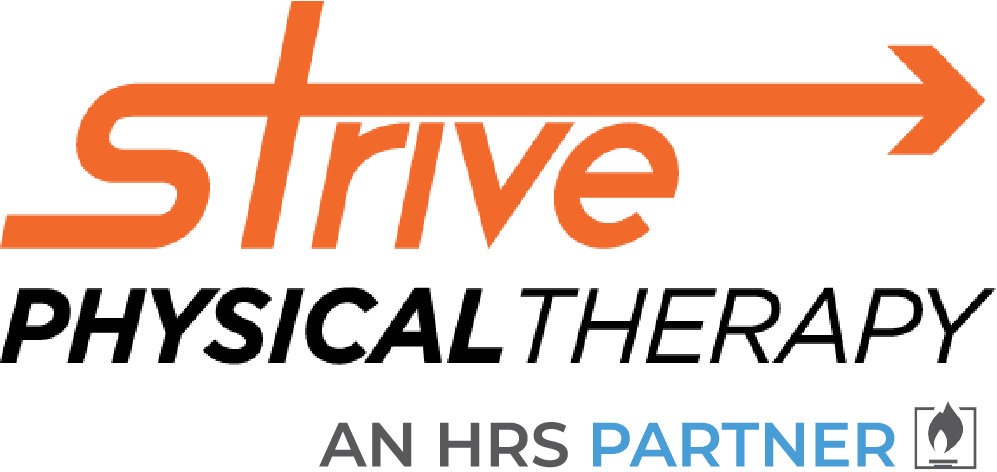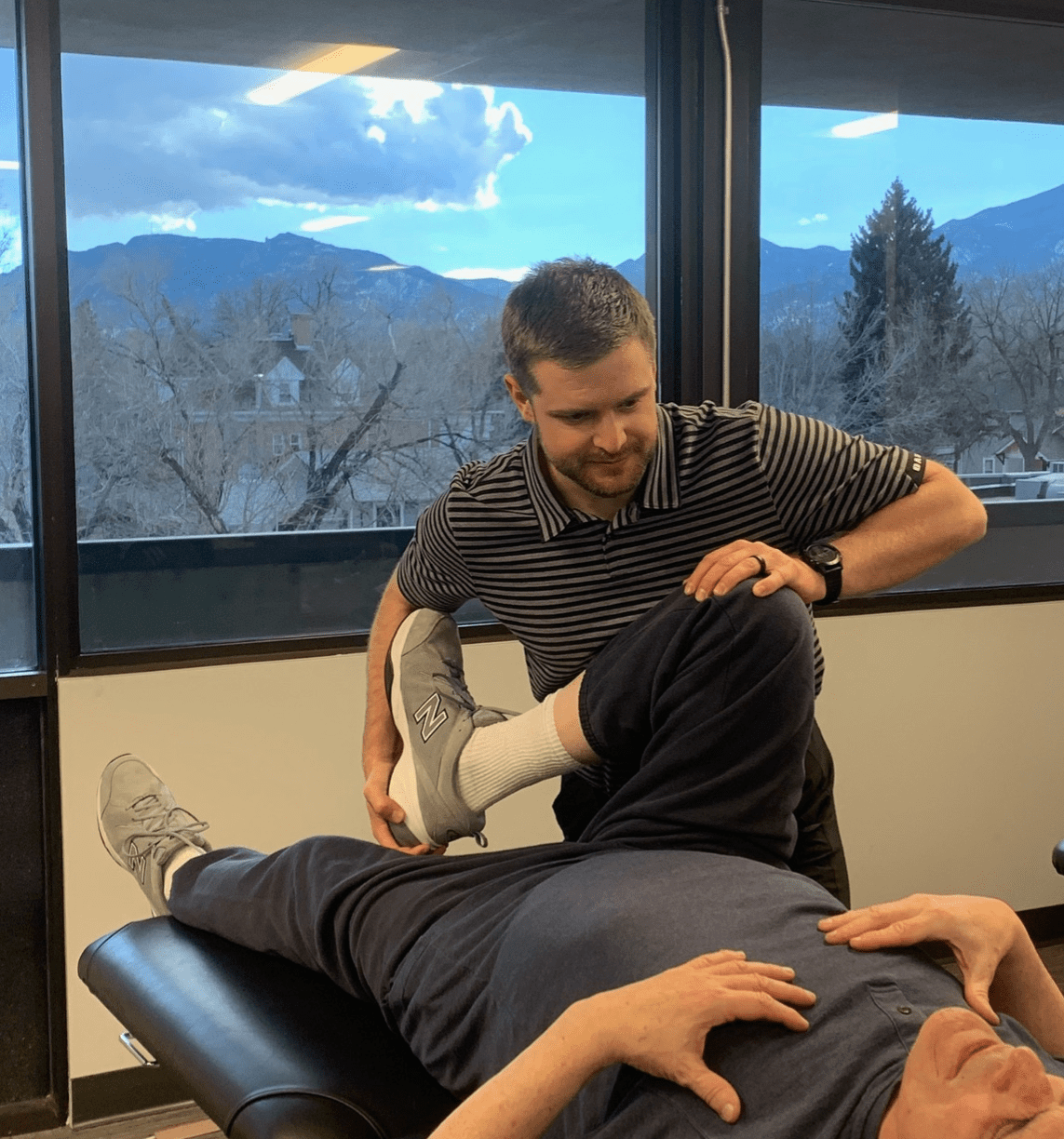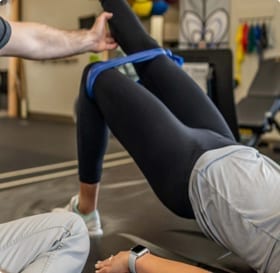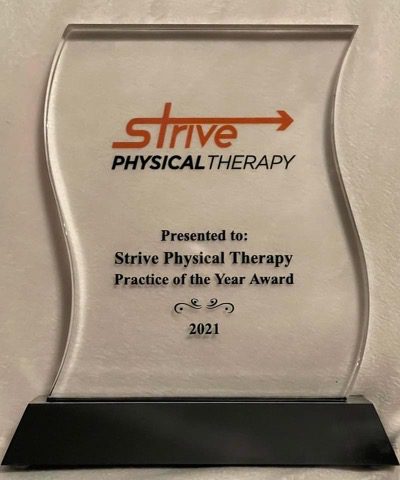Do you have…
- Pain that may be sharp, stabbing or dull, localized to one side of the pelvis/low back, groin, or tailbone?
- Pain that radiates down to the knee?
- Pain with movements, such as standing up from a sitting position, turning in bed, or bending/twisting?
- Muscle tightness and tenderness in the hip/buttock region?
- Pain with walking, standing, and prolonged sitting?
- Pain that is worse when standing and walking, and eases when sitting or lying down?
What’s Causing Your Back Pain?
A physical therapist will conduct a physical evaluation to examine the position of your spine and con-duct strength tests of the hip, pelvic, and lower extremity muscles. They’ll gently perform movement tests to assess your mobility and flexibility. Once the cause of your back pain has been confirmed, your physical therapist will work with you to determine your personalized treatment program.
How Can Physical Therapy Help?
Your physical therapist will design a targeted treatment program based on your evaluation and your goals for a safe return to sport or daily activities.
Treatment for back pain may include:
- Manual therapy. Often, manual therapy includes soft tissue release for tight and sore muscle groups. Muscle energy techniques can be used to correct pelvic alignment by using your own muscle contractions to realign the position of the pelvis and can be a great source of pain relief. Manual therapy uses gentle movements to improve mobility of the hip, sacroiliac joint, and low back.
- Flexibility exercises. Stretching exercises may be prescribed to improve the flexibility of tight muscles. They may also help to improve movement in the spine and lower extremities and help decrease stress at the sacroiliac joint during daily activities.
- Strengthening exercises. Strengthening helps to improve the stability of the sacroiliac and spinal joints which helps to reduce ligament strain and pain. These exercises are focused on weak muscles, including the lower abdominal, pelvic floor, and buttocks muscles.
- Body mechanics. How you move and use your body for daily work and other activities can contribute to your low back pain. Your physical therapist will teach you how to improve your movements or body mechanics based on your specific daily activities and may make recommendations to improve activities, such as sitting, or lifting and carrying objects.
- Hot and cold treatments. Heat and ice are often used to loosen up tight muscles prior to treatment or to alleviate pain following exercise. Your physical therapist may also use electrical stimulation to target nerve fibers that send pain signals to the brain to provide pain relief.
All treatments prescribed by your physical therapist will be based on your specific case to help you meet your specific goals and have you safely return to living pain-free with all activity.













